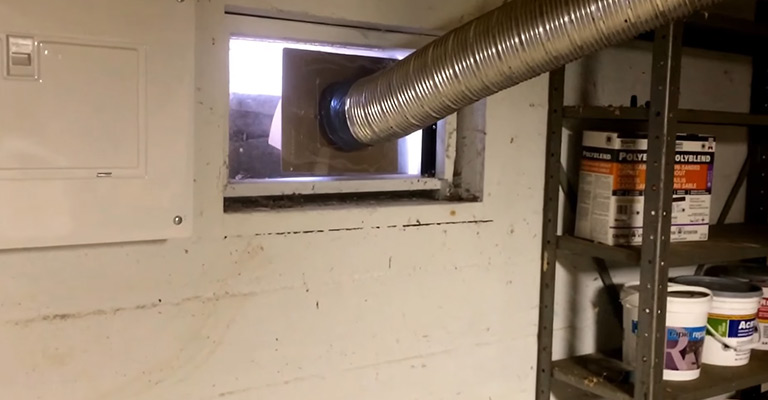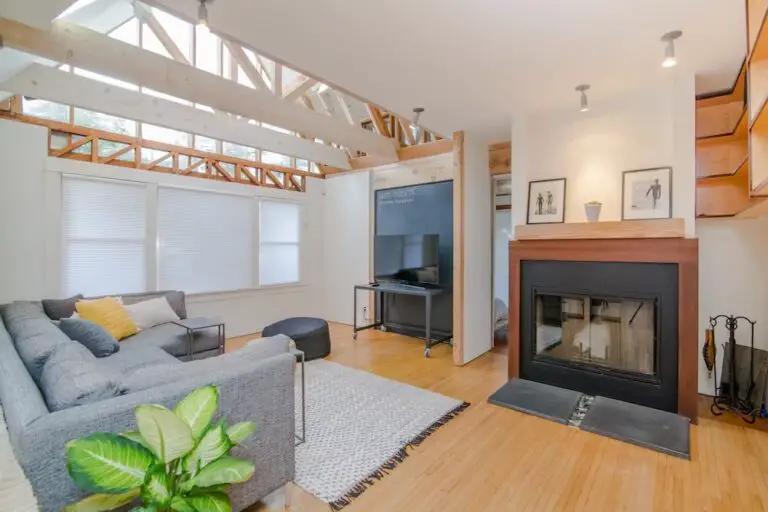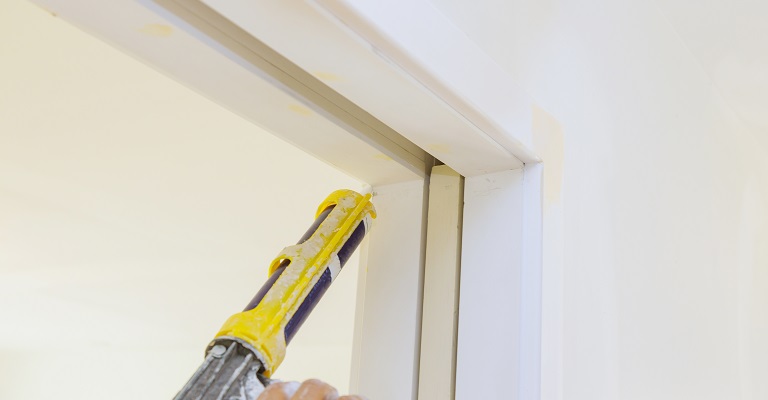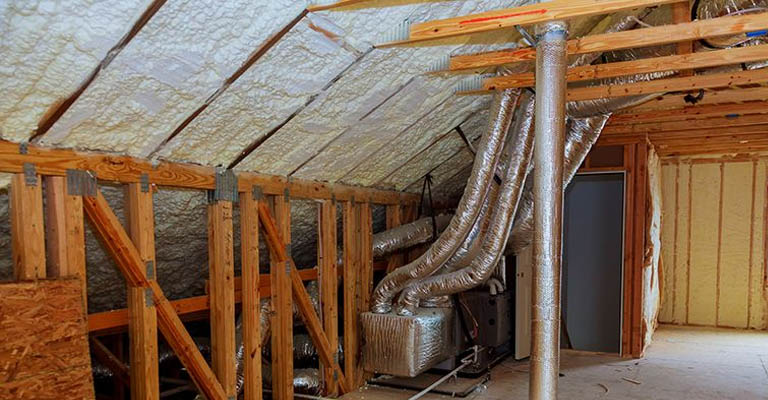Convert Light Socket to Outlet
If you want to convert light socket to outlet, you have two options at hand. The first one and the easier of the two is to purchase an adapter that connects to a light bulb socket and works as an outlet. And the second method is replacing the light socket with an outlet, which requires some level of electrical understanding.
As with electrical wiring in homes, the connecting process is pretty much the same for light sockets, switches, and outlets. So, with some basic DIY electrical skills, you don’t have to hire an electrician to convert a light bulb socket to an outlet.
Can You Turn a Light Socket Into an Outlet
It is indeed possible to turn a light socket into an outlet. In general, light sockets make contact with three separately colored wires in the wall wiring. And the same configuration applies to outlets as well, meaning you can swap them without any intricate electrical work.
Convert Light Socket to Outlet
As stated earlier, there are two methods available for converting a light socket into an outlet. Here’s a more detailed walkthrough of both procedures for you to get a better understanding, no matter the option you pick.

Connect a Light Bulb Socket to Outlet Adapter
A socket adapter is the most convenient and quickest way to convert a light bulb socket to an outlet. Plus, it is pretty inexpensive compared to hardwiring a new outlet. Above all, you can snap the adapter in place whenever you like with no electrical work whatsoever. Here’s how.
- Take the light bulb out of the socket.
- Screw the socket adapter in as you would normally do with a bulb.
- Once you’ve secured the adapter in place, attach the bulb into the socket of the adapter.
Your appliances are now ready to connect through this new outlet, and yes, it is as simple as that.
However, you have to keep in mind that the power rating of such adapters is pretty low. Usually, the ones found in the market come rated at around 660W, whereas most modern outlets can go up to a whopping 1800W. Thus, you will be restricted to devices that consume less power, lamps, PCs, and chargers, for example.
Replacing the Light Bulb Socket With an Outlet
Compared to buying a simple adapter, converting a light socket to an outlet through hardwiring takes a bit more effort. Yet, it is not something you have to call upon an electrician for.
Necessary Tools
- Needle-nose pliers
- Flat head screwdrivers
- Wire nuts
- Wire stripper and crimper
- Outlet and outlet cover
- Multimeter (optional)
Steps
An average homeowner can easily get the conversion done by following these simple steps.
1. Turn the Power Off
Cut off the power supply from the central circuit breaker box for the room or area you will be working. No matter how much faith you have in the wall switch, the best practice is to do it from the breaker.
If you’re wondering where the circuit breaker box is, be sure to check the room used for utilitarian purposes. Usually, the box will either be made of metal or have a metal hatch. Anyhow, there can be more than one with labels that you can use for identification. Yet, you can use a multimeter to check if the power is off.
2. Remove the Light Bulb Socket
Pick up your screwdriver and unscrew the fixture where the bulb socket sits. Then, remove the screws and take the light fixture off the wall mount to access the wiring inside.
3. Cut the Wires Connected to the Socket
Once the wiring gets exposed, track down the wires connected to the light bulb socket that you want to replace. After that, use the wire cutter or pliers to cut those wires. Make sure you don’t cut them from the bottom edges as you will need at least 3 to 4 inches sticking out from the wall.
4. Detach the Mounting Plate From the Gang Box
At this point, you will find a mounting plate connected to the gang box with two or more screws. Remove these screws as well and set the mounting plate aside.
5. Connect the Outlet Wires
Pick up the new outlet you bought and alleviate the screws from the two sides of its wiring link terminals. Next, you have to strip the white and black wires using your wire stripper. Also, leave the ground wire as it is.
Once you have removed at least 0.5 inches of insulation, connect the wire to the screw terminals of the outlet. For better grip, you can surround the terminals with the copper conductors and attach the screws back. However, simply gliding the wires beneath will do the trick if your outlet uses tension holes.
6. Place the Outlet Into the Gang Box
After connecting the wires, put them back into place and align the outlet screws with the threaded holes in the wiring box. Next off, use the screwdriver to tighten the screws and secure the outlet in place.
7. Close the Outlet Cover
Finally, take the outlet cover and place it over the outlet. Make sure to align the outlet perfectly with the opening on the cover before you tighten the screw.
8. Check the Connection
You can now turn the power on from the circuit breaker and use a multimeter to test if the outlet is working. If the connections are okay, the outlet should provide a reading of 110V AC.
Frequently Asked Questions
Q: Are light socket plug adapters Safe?
A: As long as you don’t connect heavy-duty machines, light socket plug adapters are safe. For example, you are safe to use them with charging adapters, PCs, and similar devices. But if you run appliances like air conditioners, electric heaters, washers, or dryers, the load may even cause them to catch fire.
Q: How much power can you draw from a light socket?
A: Although you can draw quite a lot of wattage from a light socket converted into an outlet, you should keep your expectations in check. Most light bulbs are rated well under 300W, meaning that is the safe spot.
Final Words
Although socket adapters provide an easy, on-the-go solution, they have another drawback other than the low power rating. That is, most socket adapters are not grounded, further restraining you from using all your devices. Therefore, we recommend you convert the light socket to an outlet by hardwiring instead.
Transforming a light socket into an electric outlet is a practical and innovative solution for adding more utility to your living spaces. Whether it’s for your porch, patio, or garage, using a light socket adapter is a straightforward and cost-effective method. However, for a more robust solution, replacing the light fixture with a dedicated electrical device ensures compliance with local electrical codes and offers a higher power capacity. Remember, it’s essential to use tools like wire cutters with care and ensure all connections, whether to the brass screw, silver screw, or green screw, are secure. Adhering to safety practices and checking circuit breakers can prevent potential hazards.
Moreover, while DIY projects like converting a light socket outlet can be rewarding, understanding the intricacies of electrical work is crucial. If you’re unsure about any step, consulting a professional is advisable. Upgrading light fixtures to electric outlets not only enhances the functionality of your space but also aligns with modern electrical standards. Whether you’re a DIY enthusiast or a homeowner seeking to maximize your space’s potential, this project is a testament to the versatility and adaptability of home improvement techniques.






